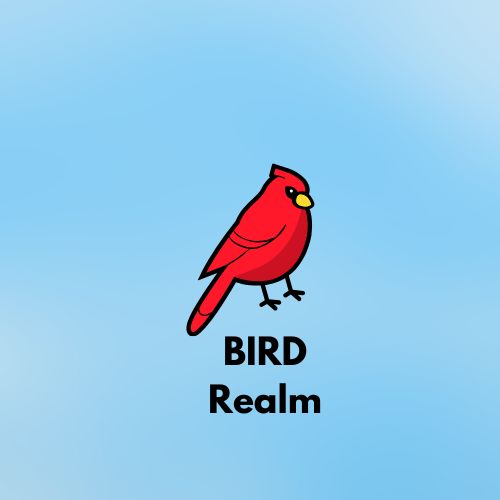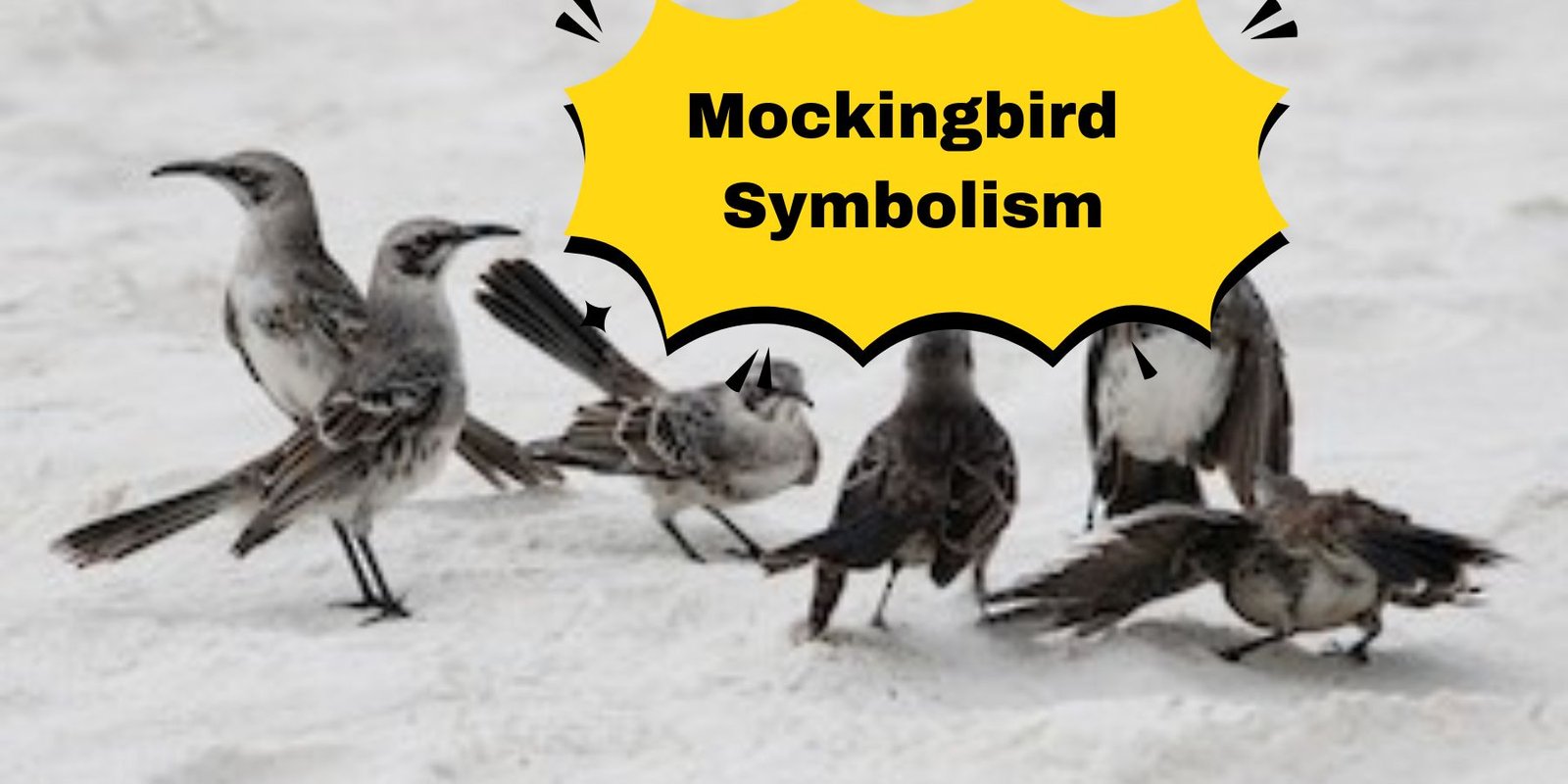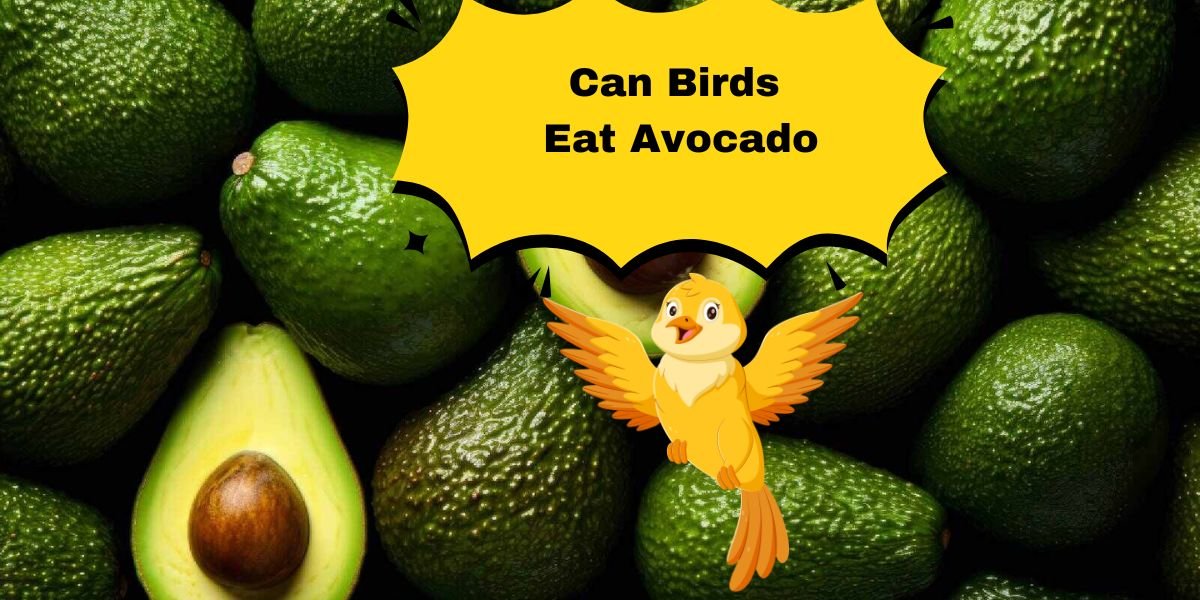Mockingbird Symbolism – The Meaning of These Mimics
Did you know that mockingbirds can imitate not just other birds, but also animals and even mechanical sounds? This fascinating ability highlights the rich symbolism behind these clever creatures, often representing themes of communication, adaptability, and empathy in various cultures.
In this guide, we will explore the deeper meanings of mockingbird symbolism and its relevance in literature and life. By the end, you will gain a greater appreciation for these mimics and how their traits resonate with human experiences.
Versatility and Adaptability
Versatility and adaptability are essential traits that enable individuals and organizations to thrive in an ever-changing environment. Much like the mockingbird, which is often celebrated for its ability to mimic various sounds and songs, humans can learn to embrace a fluid approach to life.
The symbolism of the mockingbird serves as a reminder that being open to change not only enhances our survival but also enriches our experiences. By observing and incorporating diverse influences, we can create a more harmonious existence, much like the intricate melodies of a bird song.
Communication and Expression
Communication and expression serve as the bedrock of human interaction, allowing individuals to convey thoughts, emotions, and experiences. When we consider the symbolism of the mockingbird, it becomes clear that this avian metaphor extends beyond mere mimicry; it embodies the essence of sharing one’s voice in a world often marked by silence.
The mockingbird’s ability to replicate the songs of other birds reflects the nuances of communication, reminding us that every voice has a story worthy of being heard. In this sense, effective communication involves not only articulating one’s thoughts but also embracing the diverse narratives around us.
Creativity and Imagination
Creativity and imagination are the cornerstones of human expression, acting as a bridge between reality and the boundless realms of possibility. They invite us to explore the depths of our minds, encouraging innovative thinking and unique perspectives.
The symbolism of the mockingbird serves as a powerful metaphor for this journey; just as the bird mimics the songs of others, we too can draw inspiration from our surroundings, weaving together various influences to create something entirely new. This interplay between imitation and originality highlights the importance of diverse experiences in fostering our imaginative capacities.
Protection and Defense
Mockingbirds embody the idea of vigilance in protection. Their songs can serve as warning calls, alerting others to potential dangers. This aspect of mockingbird bird symbolism encourages us to remain attentive and proactive in our own lives.
In a world where threats can be both physical and emotional, fostering a culture of awareness and mutual support is crucial. By embracing the lessons from this remarkable bird, we can cultivate a deeper sense of community and resilience, ensuring that we not only defend ourselves but also uplift those around us in times of need.
Resilience and Perseverance
Resilience and perseverance often emerge as the quiet forces behind personal growth, much like the symbolism of the mockingbird in literature. In Harper Lee’s “To Kill a Mockingbird,” the mockingbird symbolizes innocence and the idea that it is a sin to harm those who do not harm others.

This metaphor extends beyond the narrative, reminding us that resilience is not just about enduring hardships but also about protecting our core values and those who are vulnerable around us. Just as the mockingbird sings for others, individuals displaying resilience often uplift their communities through their unwavering spirit.
Harmony and Balance
It’s crucial to recognize that it doesn’t imply a static state but rather a dynamic flow where opposites coexist. The mockingbird, with its ability to mimic other birds, symbolizes this intricate dance between individuality and unity.
By observing how these birds seamlessly blend different elements into their repertoire, we can learn to navigate our relationships and responsibilities with grace. Balancing work and personal life, for instance, requires not just time management but an artful integration of passions and duties—much like the mockingbird’s diverse song. Embracing this perspective invites us to see challenges as opportunities for creativity and growth, ultimately leading us toward a more harmonious existence.
Mockingbird Meaning in Different Cultures
In various cultures, the mockingbird symbolizes not just mimicry but also the essence of communication and adaptation. In Native American traditions, the mockingbird is revered as a keeper of stories, embodying the power of voice and storytelling.

Its ability to imitate other birds’ songs is seen as a reminder of the interconnectedness of life, emphasizing that every creature has its unique narrative to share. This cultural lens highlights the mockingbird’s role in preserving history and fostering community through oral traditions.
Native American Culture
The mockingbird’s presence in Native American lore often signifies resilience and adaptability. Just as the bird thrives in different environments, many Native American tribes have maintained their cultural identity despite historical challenges.
This adaptability is celebrated in oral traditions, where stories passed down through generations teach values, history, and lessons for future generations. By examining mockingbird symbolism, one gains a deeper appreciation for how these cultures honor their heritage while remaining dynamic and responsive to change.
The mockingbird serves as a reminder of the power of voice—both in nature and human expression—and encourages a commitment to preserving and sharing one’s unique story.
Southern United States
The Southern United States is a region steeped in rich history and cultural diversity, where the landscape itself often tells stories of resilience and transformation. Among its many symbols, the mockingbird stands out as a powerful emblem of the South’s literary and social heritage.
This unassuming bird, celebrated for its ability to mimic the songs of other birds, serves as a reminder of the complexity of identity and the beauty of adaptation. In literature, particularly in Harper Lee’s iconic novel “To Kill a Mockingbird,” the mockingbird symbolizes innocence and the moral imperative to protect the vulnerable, reflecting the deep-rooted values of Southern hospitality and community.
Caribbean Culture
Caribbean culture is a vibrant tapestry woven from the threads of Indigenous, African, European, and Asian influences, creating a unique identity that resonates with rhythm and color. One striking element within this cultural mosaic is the use of symbolism, particularly the mockingbird, which holds a special place in the hearts and folklore of many Caribbean communities.
Known for its ability to mimic sounds from its environment, the mockingbird symbolizes adaptability and resilience—a reflection of the Caribbean spirit itself. This adaptability is seen not only in the music that fuses various genres like reggae, calypso, and salsa but also in the culinary traditions that blend spices and techniques from across the globe.
Chinese Culture
The mockingbird’s symbolism extends into the realm of poetry and music, where it represents creativity and the power of expression. In ancient texts, poets would often invoke the imagery of the mockingbird to illustrate themes of love, longing, and the beauty of nature. This reflects a broader cultural appreciation for harmony and balance, where artistic pursuits are seen as vital to personal and societal well-being.
The celebration of such symbols encourages a deeper understanding of how nature informs cultural identity, inviting individuals to explore their connections to these enduring motifs. Through the lens of mockingbird symbolism, one can gain insight into the resilience and adaptability that define not only Chinese culture but also the human experience as a whole.
Australian Aboriginal Culture
Australian Aboriginal culture is rich with deep spiritual connections to the land, expressed through a complex tapestry of stories, art, and traditions. Central to this cultural heritage is the concept of “Country,” which encompasses not only the physical environment but also the ancestral spirits and the interconnectedness of all living things.
Each element of the landscape holds significance and is often personified in Dreamtime stories, which serve as both historical accounts and moral teachings. This relationship with the land fosters a profound respect for nature, urging sustainable practices that have been upheld for thousands of years.
Mexican Culture
Artistic expressions in Mexico often incorporate this symbolism, evident in music, literature, and visual arts that celebrate both nature and culture. The mockingbird’s ability to mimic sounds has inspired countless musicians and poets, serving as a metaphor for cultural borrowing and innovation.

This reflects a broader theme within Mexican culture: the beauty of embracing influences while cultivating a unique voice. As you explore the depths of Mexican traditions—from vibrant festivals to culinary delights—you’ll discover how these elements intertwine to create a dynamic narrative that honors the past while celebrating the future.
Final Words
The mockingbird symbolism serves as a powerful reminder of the themes of innocence and moral integrity that permeate literature and society. Throughout various narratives, the mockingbird represents those who bring joy and beauty into the world without seeking anything in return, making it a poignant symbol for the protection of the vulnerable.
The act of harming a mockingbird, therefore, becomes a metaphor for the loss of innocence and the consequences of moral failure. By recognizing and embracing the lessons embedded in this symbolism, we are encouraged to foster compassion and empathy in our daily lives. Let us strive to be protectors of the innocent and advocates for those who cannot speak for themselves.







